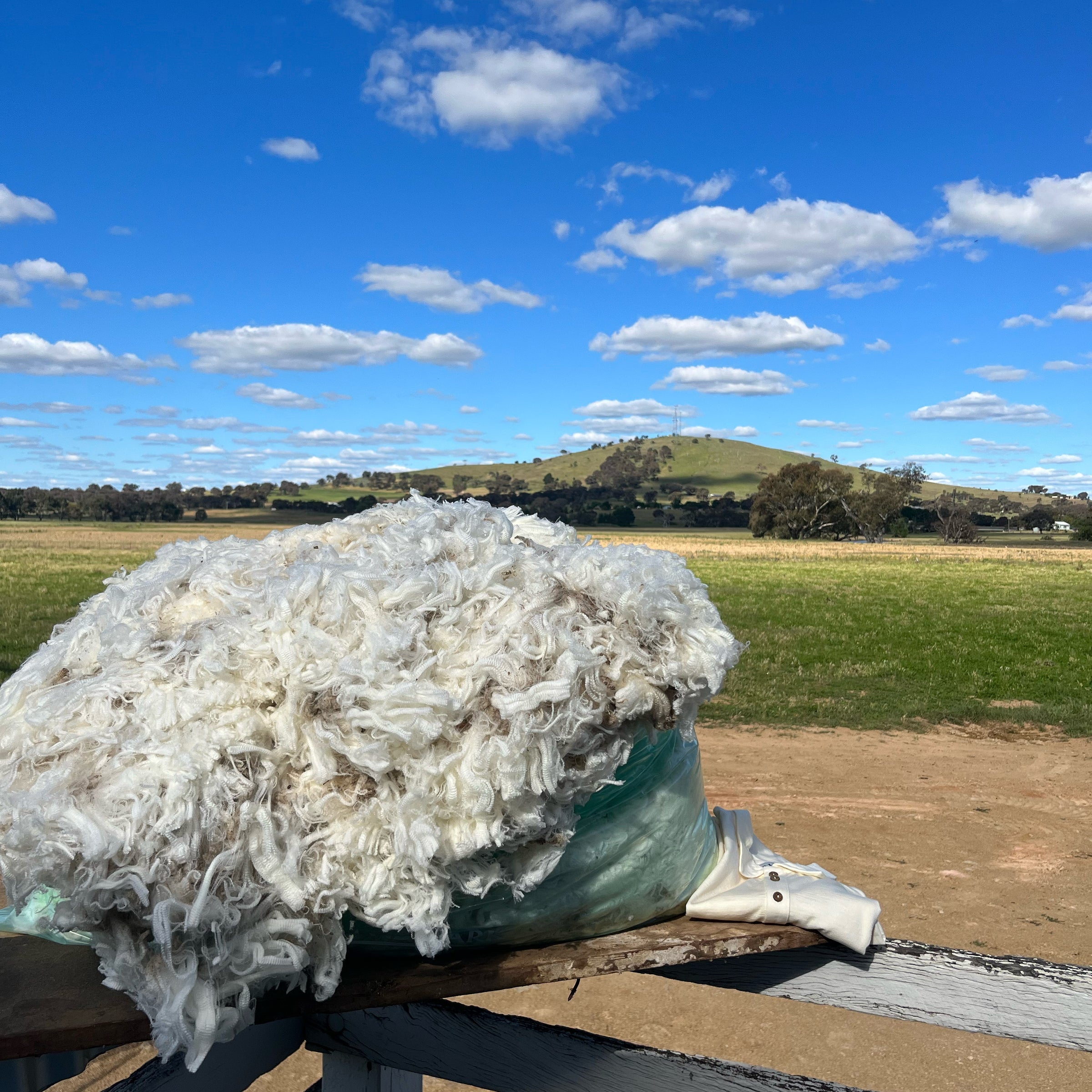
A True Luxury
Merino wool is the softest sheep's wool in the world, and makes up just 1% of the worlds fiber for apparel- a true luxury.
Merino wool is famous worldwide for it's next-to-skin softness, strength, innate versatility and technical benefits. Merino wool's versatility extends from luxury fashion to high-performance activewear and everything in between.
AUSTRALIAN MERINO
Own less. Experience more.
The world's best Merino wool is grown in Australia, where over the past 200 years it has gone from a commodity, to a highly desired performance fiber used in the world's finest suits and luxury wear as well as high performance activewear.
The natural properties of wool
The complex chemical structure of a wool fiber is what allows it to have so many inherent benefits. It's a fiber that has been shaped over thousands of years to withstand harsh weather conditions. Many scientists have tried, but none have been able to recreate all the incredible properties that nature has provided in wool.
Here's some of the incredible properties Merino wool naturally holds:
100% Natural & Biodegradable
Sweat-wicking
Temperature Regulation
Anti-bacterial Odor resistance
Natural Elasticity
UV protection
Merino sheep naturally grow their wool year round with the combination of grass, water & sunlight. When it's long enough, the wool is shorn off, collected and the sheep will regrow the wool- making Merino 100% natural, renewable & sustainable.
Once wool finishes its journey as a garment, it can return to the earth and begin to breakdown into soil in months, releasing carbon back into the soil. Synthetic fibers, will take around 1000 years to complete the same process.
Moving Away from Synthetics
Before the 1970’s, natural fibers led the garment industry. But since synthetic fibers were invented, they have dominated the clothing industry as a cheaper alternative for clothing companies.
Synthetic fibers such nylon, polyester, dry-fit, and gore-tex are all made from plastic, a product of petroleum oil we pump from the ground. We now know the effects these plastics have on our waterways, oceans and landfills.
Today, over 60% of fashion is made using plastic materials, so we're here to help change that.

